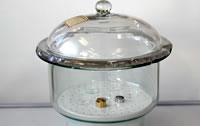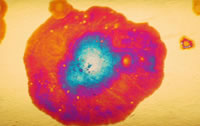A.-M.-PIAGET 50 · CP 979
CH-2301 LA CHAUX-DE-FONDS
Tél. + 41 (0)32 967 80 00
contact(at)laboratoiredubois.ch

Climate and corrosion tests
Based mainly on watchmaking standard NIHS 96-50, these tests can be adapted to various metal items from the jewellery or leather goods sectors.
Climatic tests involve for example exposing the sample surface to a neutral atmosphere with controlled humidity and temperature. Their specific conditions are tailored to the requirements of the customer or benchmark standards, for example wet heat as per NIHS 96-50:2013. They are used to detect for example
- Possible surface contamination of pieces by incorrectly eliminated cleaning residues
- Possible aggressiveness of certain products (fabrics, glues...) used for making gift or presentation boxes
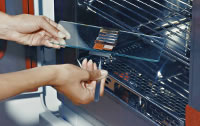
Exposure to artificial light, especially to UV, is a particular aspect of climatic tests. Particularly suitable for checking the behaviour of leathers, polymers or textiles, colour changes in items will be detected by comparison, or quantified by colorimetry.
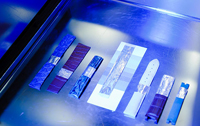
Among the various existing corrosion tests, the main ones we offer are salt spray tests, sulphur agent tests and synthetic sweat tests.
SALT SPRAY TESTS AS PER ISO 9227
The test pieces are placed in a test chamber, in which a saline solution is vaporised at a certain temperature. The test can be performed continuously, or not. Since corrosion is a complex phenomenon, the test does not represent a simulation of reality. However, it is a very widespread method in the industry, used for improving and validating the behaviour of a variety of metal items.
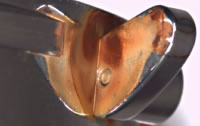
SULPHUR AGENT TESTS AS PER ISO 4538 (THIOACETAMIDE) OR NIHS 96-50 (SULPHUR CRYSTALS)
These tests involve qualifying the resistance of items to sulphur compounds which can be found in the environment.
- Determining the resistance of electroplated silver jewellery (plated, silvered, rhodium-plated)
- Determining the resistance of bulk alloy materials such as precious metals




